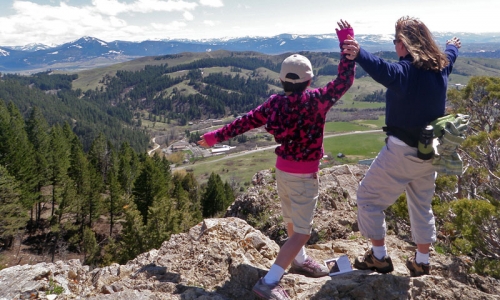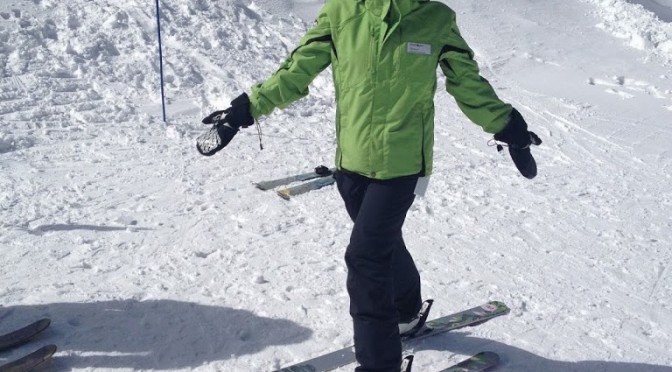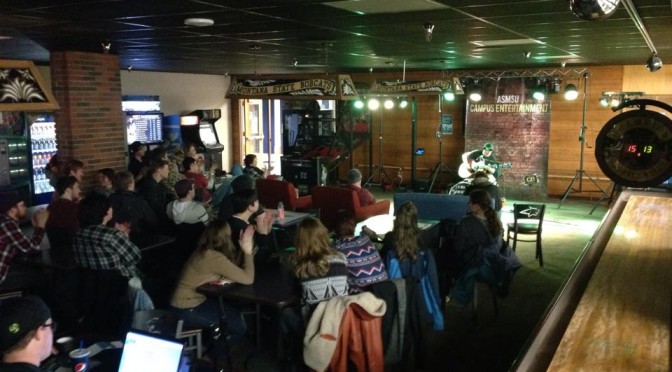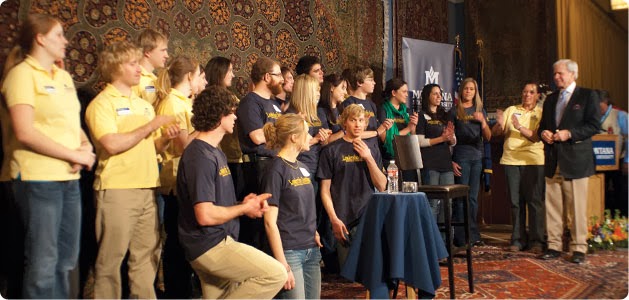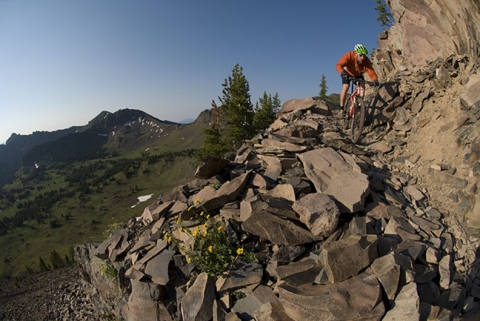by Pat Hessman
He may not hold the legendary status of Champ Bobcat, but the scraggly scamp dubbed Clarence Mjork (pronounced mee-york) is one MSU icon you should know about. You’re probably wondering, just how did this strange hobo become an enduring MSU icon?
For starters, he never attended MSU. In fact, he wasn’t a real person. The native of fictional town Endgate, Montana hails from a 1933 prank orchestrated by the Montanan, the college’s now-defunct yearbook, in which editor Dave Rivenes, Chris Schlechten and Bill Rider created an entirely fictitious yearbook, and Mr. Mjork (played by Rider) took center stage. All throughout the yearbook, Clarence was inserted into photographs of teams and clubs holding woman on his laps, showing off a giant fish, and even hanging from a lamp. He was ascribed membership to over 25 clubs, held the adviser position for all four class levels, and worked six positions at the Exponent alone. One page even claimed there were eight individuals at MSU named Clarence Mjork who all hailed from Endgate but were completely unrelated despite their identical appearances.
Keep in mind, this yearbook was created about seventy years before Photoshop became commonplace. Rivenes worked closely with Schlechten to carefully plan photographs and splice negatives to insert Clarence into so many pictures. Making the feat even more impressive was that the trio created the parodic edition of the yearbook in secret while Rivenes oversaw the rest of the yearbook staff’s creation of a standard yearbook that ultimately went unpublished. By the time the prank came to light, university president Alfred Atkinson realized it would be too time consuming and expensive to recall the yearbooks and print the legitimate edition, and thus, Clarence Mjork’s Montanan became the official yearbook of 1933.
 Orchestrator of the Mjork prank, Dave Rivenes, found success in a broadcasting career after college.
Orchestrator of the Mjork prank, Dave Rivenes, found success in a broadcasting career after college.
Nearly eighty years after this prank, Mjork still makes the occasional MSU appearance. In 2003, a man dressed as Mjork was named marshal of the Homecoming parade. He reappeared in the MSU Exponent on the cover of its 2010 April Fools edition, and periodically appeared on a video segment dubbed “Clarence Mjork’s Apocrypha.”

Mjork shares his opinions on gingers.
Clarence Mjork may not be the best-known icon of MSU, but his humorous legacy will undoubtedly persist for years to come. He remains a great reminder that one should never take themselves too seriously, especially at college. Even if the Montanan published its last edition in 1991, Mjork seems to keep finding ways to return time and time again.





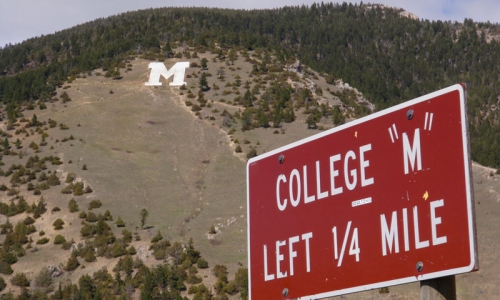 The M Trail in all its glory.
The M Trail in all its glory.
